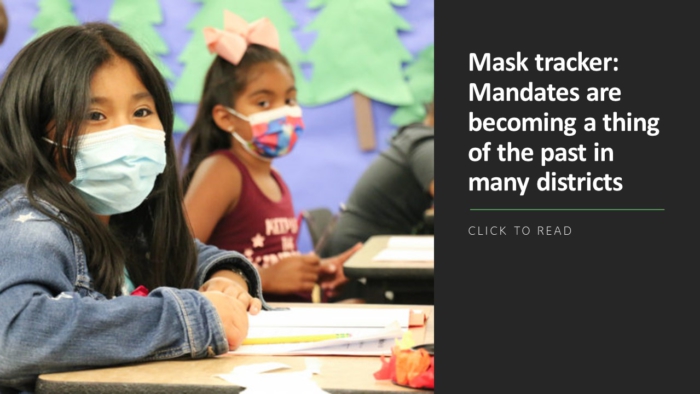
Today’s educators are tasked with the challenge of teaching what may be the most diverse class of students in history. From race, ethnicity, gender, and religious diversity to cultural, cognitive, and socioeconomic diversity, today’s classrooms are vibrant centers of learning that richly represent the changing face of America.
One of my favorite ways to reach the diverse group of learners in the modern classroom is through augmented reality (AR). This technology has broad appeal to diverse groups of students and research shows that using AR in the classroom improves student retention and academic performance, while enhancing engagement and learning motivation.
In my experience, I have found that using augmented reality to teach core subject areas such as science and social studies truly does mean student academic success. AR can also be used as a bridge in creating an inclusive learning opportunity for students with special needs.
Here are some of my favorite and easy-to-use augmented reality applications that have had a positive impact on my students:
Merge Explorer: This app is the reason I fell in love with augmented reality. It is the first one I used, and it combines AR with science and STEM lessons. Once you open the Merge Explorer app you are able to view the AR content in either Cube, World, or 3D mode. Multiple viewing options allow students with varying learning styles or physical abilities to partake in the AR experience.
The experience gets even better since the Merge Explorer app has embedded Microsoft’s Immersive Reader literacy tool to make the text easily accessible to learners at their level of literacy regardless of reading ability or language.
Sandbox AR: Besides providing an amazing K-12 learning platform, Discovery Education recently launched the groundbreaking Sandbox AR app. My students report loving the ease with which they can create unique virtual environments with so many different models to add to their staging area.
The history model, for example, provided designs from 20th Century, American, ancient Egypt, ancient Greek, Japanese, Maya, medieval, and Roman building structures to create a one-of-a-kind virtual environment. With the ability to free design or use preset sandboxes, the applications to lesson plans and different academic disciplines are seemingly endless. This is a great tool to empower students to explore and to keep them engaged.
Quiver AR: Quiver is an AR app that combines physical coloring from back-in-the-day crayon-style activities with ultramodern augmented reality technology. With the Quiver app, my students brought their unique coloring creations to life while learning about specific concepts in class. They were able to bring lesson plans to life with this interactive and colorful tool.
As an educator for more than 18 years at Miami-Dade County Public Schools, I have never been more passionate about a learning resource as I am about AR. When teaching our students in today’s world, teachers must step out of their comfort zone to match their learners’ level of understanding of technology. AR will not only help to engage, motivate, and inspire curiosity within students, but more importantly, it will draw diverse groups of students into the learning experience.
Zeny Ulloa is an instructional technology curriculum support specialist at Miami-Dade County Public Schools.









